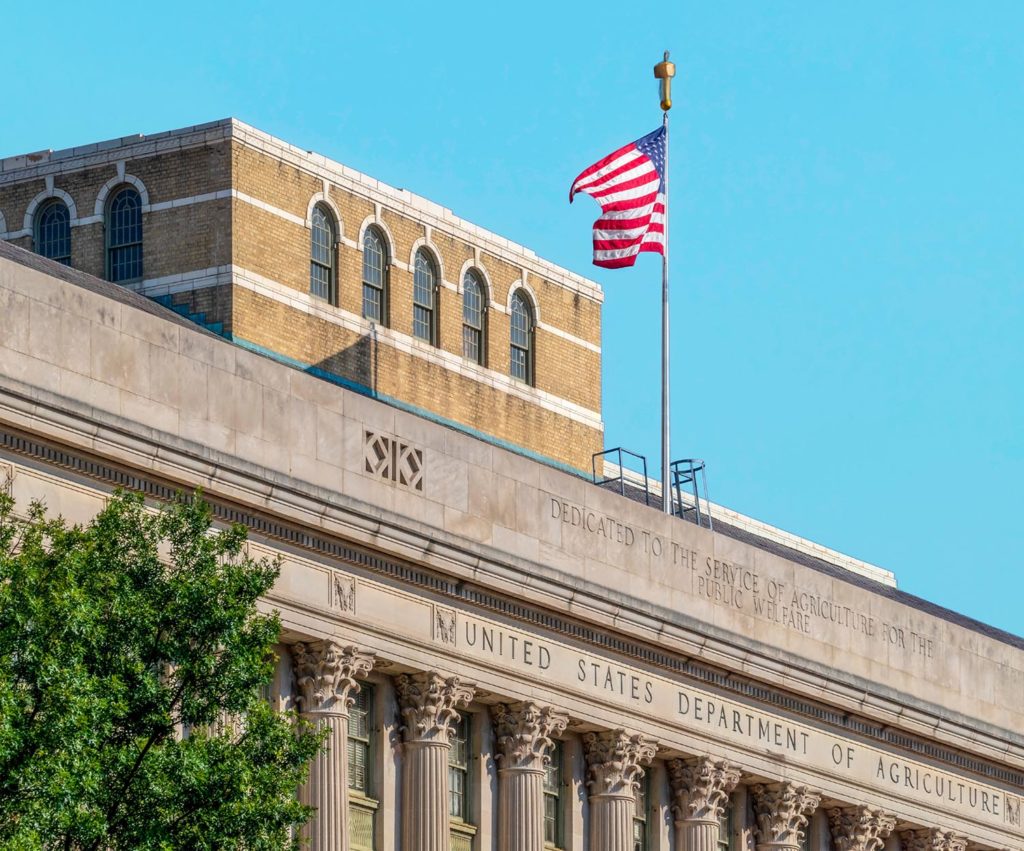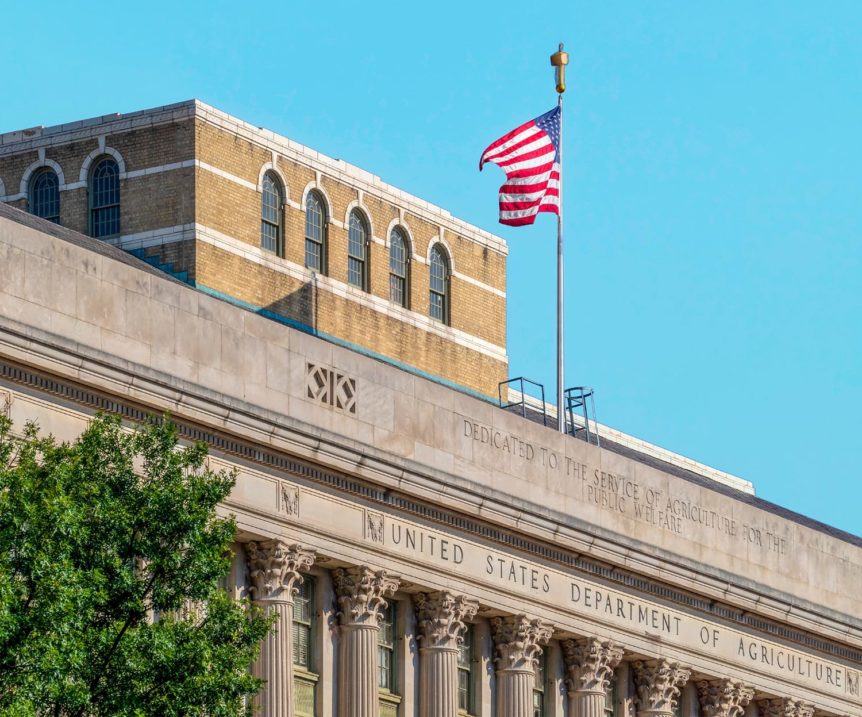
By Frank Giles
This summer, the U.S. Department of Agriculture (USDA) announced plans to reorganize the agency to better serve its constituents. In August, a 30-day public comment period began for stakeholders to comment on the plan that was laid out in a memorandum published in late July and signed by Secretary of Agriculture Brooke Rollins.
Relocating and Resizing
One of the directives of the reorganization is to move agency staff closer to the agricultural areas they serve. Another key pillar is to align the agency’s size to fit better with its financial resources.
The USDA currently employs approximately 4,600 individuals in the Washington, D.C., area. The memo notes this region has one of the highest costs of living in the nation and carries a high salary burden. It also is removed from the rural areas where farming is centered. The goal is to retain no more than 2,000 employees in the D.C. area.
Much of this staff is proposed to relocate to five regional hubs: Raleigh, NC; Kansas City, MO; Indianapolis, IN; Fort Collins, CO; and Salt Lake City, UT.
The memo also noted that the agency’s workforce has grown by 8% while employees’ salaries have increased by 14.5% in the past four years. While the agency claims it is not conducting large-scale workforce reductions, it is reducing staff through voluntary retirements and the Deferred Resignation Program, another voluntary program. As of late July, more than 15,000 individuals had taken advantage of the deferred resignation.
USDA Deputy Secretary Stephen Vaden testified about the plan before the Senate Agriculture, Nutrition and Forestry Committee on July 30. “President Trump made clear his second term would include relocating the sprawling federal bureaucracy to locations outside the national capital region,” Vaden said. “The department’s July 24 memorandum begins to deliver on this promise and does so in a way that right-sizes the USDA footprint, eliminates unnecessary management layers, consolidates redundant or duplicative functions, and, most importantly, allows USDA to deliver on its mission to the American people within the bounds of its available financial resources.”
Vaden also noted the shift toward remote work during and after the COVID pandemic, which left significant portions of USDA headquarters offices empty. “USDA employees began to work remotely in March 2020 and continued to do so for more than 1,700 days,” said Vaden. “Upon President Trump’s inauguration, employees returned to the office. The department’s success depends on collaboration and community, not remote work at home or desks in secluded, small spaces.”
Controversial Move
This is not the first attempt to move USDA personnel out of Washington to locations closer to the areas the agency serves. During the first Trump administration, the USDA relocated two of its agencies, the Economic Research Service (ERS) and the National Institute of Food and Agriculture (NIFA), to Kansas City, Missouri.
During that time, controversy over the move caused significant staff turnover as many ERS and NIFA staff left the agency rather than move. The Biden administration later reversed this decision, moving the headquarters of these agencies back to Washington, D.C., while maintaining Kansas City offices.
The American Federation of Government Employees submitted a letter to the Senate Agriculture, Nutrition and Forestry Committee ahead of its hearing with USDA on the planned reorganization, saying it threatened food security.
The letter signed by union president Everett B. Kelley noted: “Federal scientists, economists and public health experts will not simply pick up and move at the snap of a finger. The affected federal employees will consider the needs of their families and their community roots. Losing the deep knowledge developed over the course of time participating in longstanding institutional teams and systems will be enormously costly in terms of both dollars and ability to carry out the department’s mission.”










